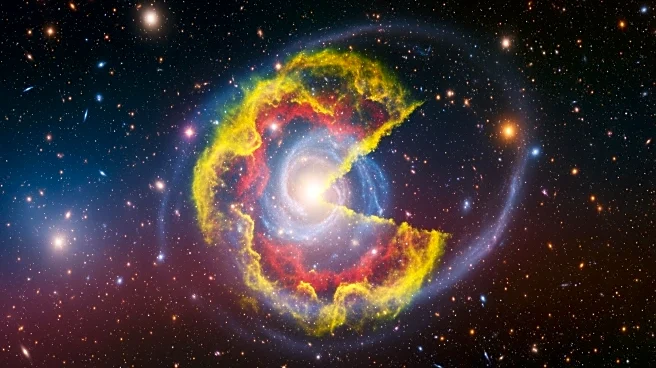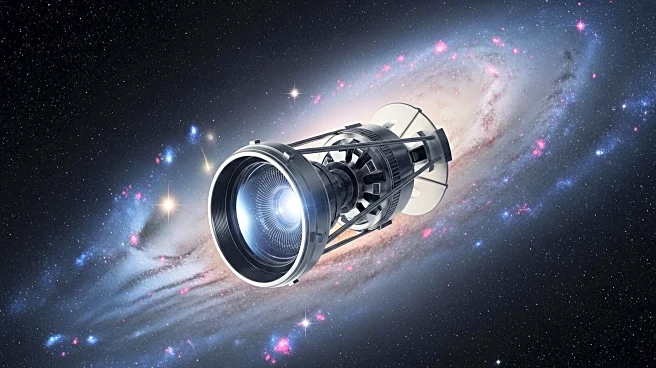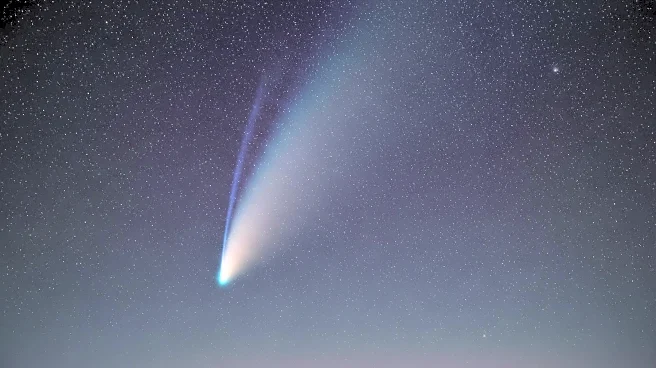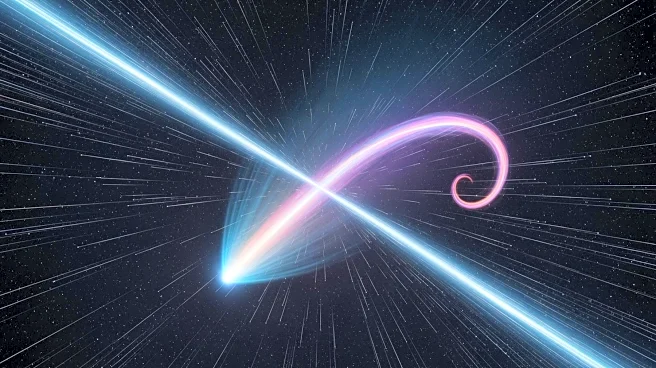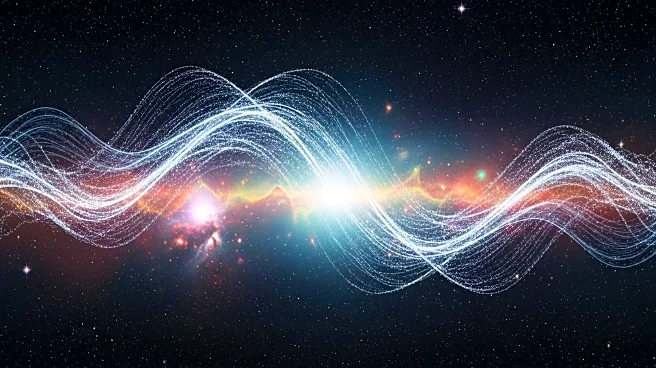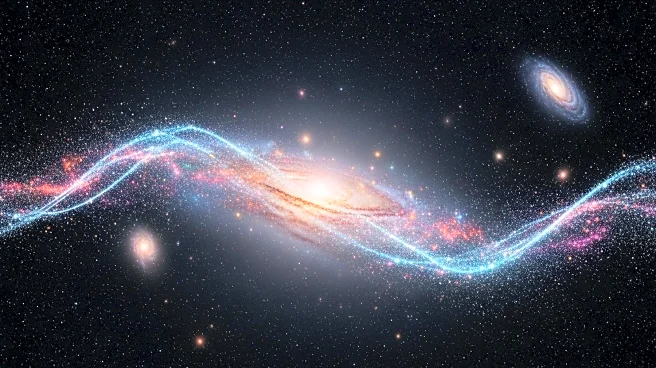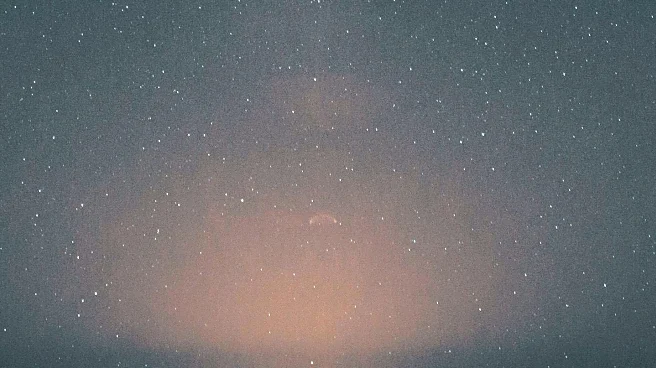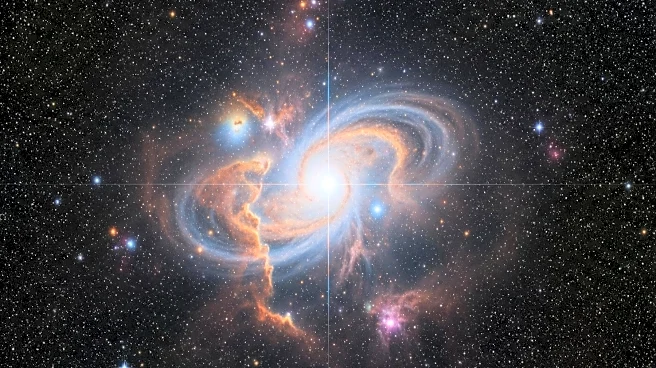What's Happening?
Late October offers a prime opportunity for skywatchers to observe the Andromeda Galaxy, the Milky Way's closest galactic neighbor, which is approximately 2.5 million light-years away. Rising in the east
at sunset, the galaxy becomes visible to the naked eye as a hazy oval blur from dark sky locations. Astrophotographers, such as Ronald Brecher and Jim Preusse, have captured breathtaking images of Andromeda using advanced techniques and equipment. Brecher spent 38 hours imaging the galaxy to highlight star formations and cosmic dust in its spiral arms, while Preusse utilized smartphone astrophotography to capture Andromeda's bright core and dust lanes using a Pixel 9 Pro smartphone camera. The galaxy's vast spiral arms span 260,000 light-years and host over a trillion stars orbiting a supermassive black hole.
Why It's Important?
The visibility of the Andromeda Galaxy in October provides an excellent opportunity for both amateur and professional astronomers to engage in astrophotography and deepen their understanding of galactic structures. This event highlights the accessibility of astronomy through advancements in technology, such as smartphone astrophotography, which allows enthusiasts to capture high-quality images without expensive equipment. The ability to observe and photograph celestial bodies like Andromeda fosters public interest in space exploration and science, potentially inspiring future generations to pursue careers in astronomy and related fields. Additionally, these observations contribute to the broader scientific community's understanding of galactic dynamics and the universe's evolution.
What's Next?
As interest in astrophotography grows, more individuals may invest in equipment and techniques to capture celestial events. This could lead to increased participation in astronomy clubs and online forums, where enthusiasts share images and insights. The accessibility of smartphone astrophotography may encourage educational institutions to incorporate astronomy into their curricula, promoting STEM education. Furthermore, the ongoing observation of galaxies like Andromeda may yield new discoveries about star formation and galactic behavior, contributing to scientific research and publications.
Beyond the Headlines
The rise of smartphone astrophotography represents a democratization of astronomy, allowing more people to engage with the science without significant financial barriers. This trend may lead to a cultural shift where astronomy becomes a more common hobby, fostering a greater appreciation for science and the natural world. Additionally, the ability to capture and share images of galaxies can enhance public understanding of the universe's vastness and complexity, potentially influencing perspectives on humanity's place within it.



